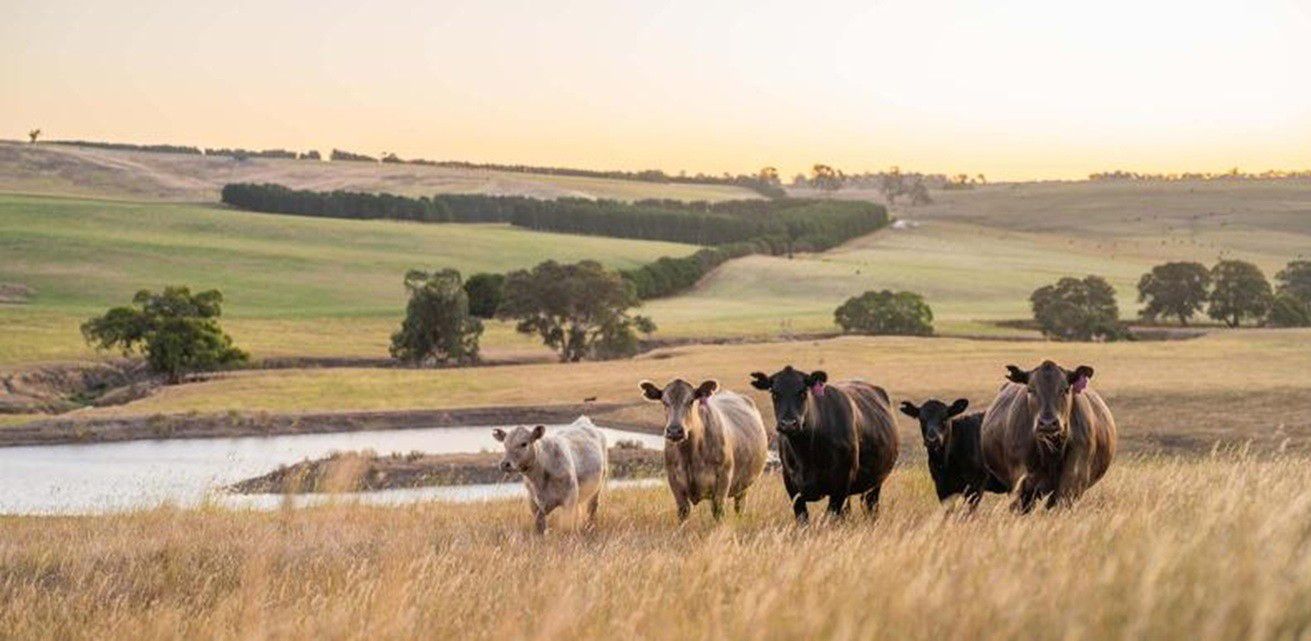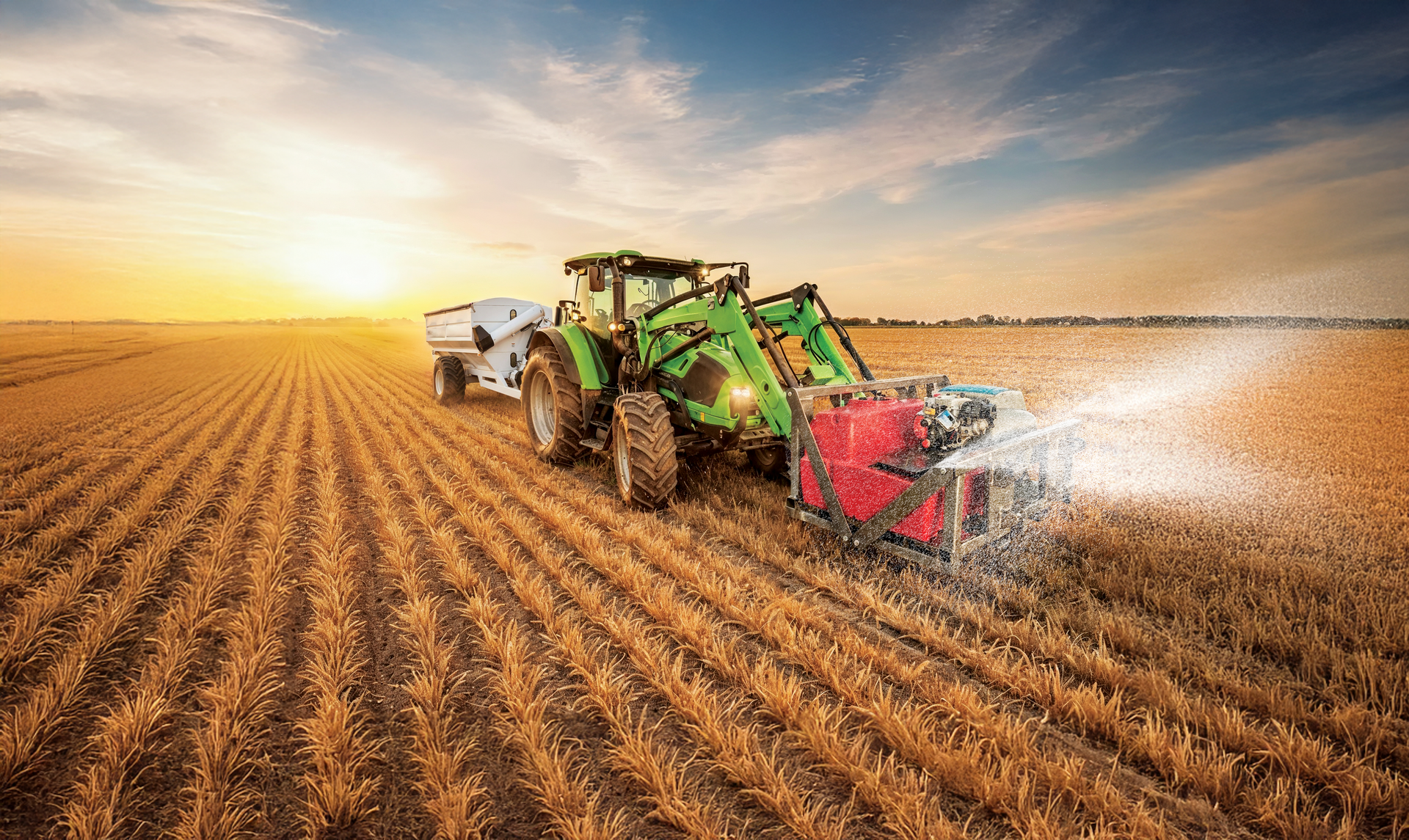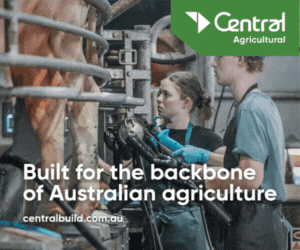1MG FlippingBooks
Biosecurity is Everyone’s Business – Including our Farmers
Dr Greg Chandler is a national authority in biosecurity working at Hort Innovation. He has developed an array of knowledge of Australia's biosecurity system, encompassing all aspects of the biosecurity spectrum, over a 25 year career. His current role oversees the Research & Development portfolio for biosecurity, delivering high-quality R&D projects to Australia's horticulture industries. Greg discusses the core principles and objectives of the modern biosecurity system relevant to Australian agriculture and provides advice on biosecurity best practice aimed at the forward thinking farmer.

Biosecurity is currently of increased importance in Australia, largely due to the COVID-19 pandemic. For the nation’s agricultural sector, it is a particularly “hot topic” given the recent arrival of destructive exotic pests such as the fall armyworm.
But what is biosecurity exactly? Most people are familiar with the old Australian Quarantine Inspection Service (AQIS) that is encountered when returning from overseas through via international airports. And while the name ”quarantine” officially changed to ”biosecurity” in Australia almost a decade ago, many people are still unfamiliar with its full meaning.
Biosecurity, usually associated with the isolation of a biosecurity risk until it can be mitigated, is actually much broader than just quarantine. Other examples of biosecurity measures include outright exclusion of high-risk products, physical barriers such as netting in an orchard or light traps in warehouses, treatment options for goods either before or after they enter Australia (e.g., fumigation, heat, washing, or oxygen deprivation) and surveillance to test the measures. Aside from those interventions, increased biosecurity awareness is an important tool, with farmers playing a key role in the early detection of exotic pests and diseases. Contingency plans allow us to be prepared for the arrival of a new pest or disease, including information on identification and management.
The biosecurity spectrum is broad, encompassing pre-border, border and post-border. Pre-border activities occur in other countries, providing early warning of a new biosecurity threat, border covers interception of biosecurity risks before they can enter and establish in Australia, and post-border covers efforts to control any biosecurity threats that have made it past our border defence system. They also include preparedness activities to ensure our industries are ready in the event that something serious is introduced.
Australia’s biosecurity system, regarded as one of the best in the world, is large and complex. But how can one farmer make a meaningful difference? In everyday life, each person has a role to play. Australians have always, for example, been good at making declarations at the border for checking and reporting items that come in through the mail or a suspect new animal or plant pest or disease. This collective effort helps to maintain the integrity of our biosecurity system and continues to protect our industries and the natural environment from serious pests. The plant bacterium known as Xylella fastidiosa, for example, is number one on our exotic plant biosecurity threat list that we have been successful in excluding from Australia through the activation of many biosecurity measures.
There are some really simple things that farmers can do to increase on-farm biosecurity awareness, including erecting signs at main entry points and visitor reception areas that remind people that they are in a biosecurity zone - much like the safety signs that you see when entering an area with dangerous machinery or biological hazards. Basic requirements for visitors, such as ensuring that their boots are clean of soil from other properties and that any equipment brought onto the farm is clean, reinforce the message that biosecurity is a serious undertaking without making it an onerous task.
Australia’s Rural Research and Development Corporations invest in research and development programs that strengthen our biosecurity system and give our industries a competitive edge. These programs seek to minimise the harmful economic and social consequences of new threats to farmers, their industry, and regional communities that support them. Australia’s world class biosecurity scientists are constantly pursuing and achieving novel, transformational research outcomes, ranging from automated insect and air-borne disease spores traps to hyper-spectral imagery to detect disease in orchards before it is visible to the human eye to finding hitchhiker pests on sea containers. We have a shared responsibility to keep Australia free of as many exotic pests and diseases as possible and being prepared for their arrival just in case.
EDITOR’S CONCLUSION:
We commissioned this article for practical reasons as our mandate as an NFP Social Enterprise is to assist the Australian farmer achieve greater productivity thus prosperity. Having surveyed the biosecurity realm in Australia extensively – especially for our major 2017 book Boundless Plains to Share – we saw something important to report on. Biosecurity concerns and the potential for negative economic impacts will continue to escalate. The pandemic has made this situation more acute.
Achieving ever greater controls, and applying innovation to this subject, will improve economic outcomes for the farmer. Ever since former Trade and Investment Minister Andrew Robb forged new trade deals with several countries in North Asia, export opportunities for Australian farmers have flourished, along with greater scrutiny. Our reputation for “clean and green” food products precedes us. Other nations are eager to consume our products, and their governments ever more vigilant about food safety issues. Our government ought re-double efforts, and at the same time be congratulated for fine achievements thus far. But there is no substitute for on-site, specific innovation and care expressed by each farmer, and by their immediate community.
Demonstration of both stressed plants being susceptible and also abandoned orchards in a community garden on South Goulburn Island, NT. Plants like this in northern Australia are good sentinels for exotic plant pests that could enter through natural, unregulated pathways such as wind. These form an early detection system for our valuable industries, and illustrates the strong partnerships required in our biosecurity system, in this case with indigenous ranger groups who are a vital cog in our north. Photo supplied by Dr Greg Chandler.

















